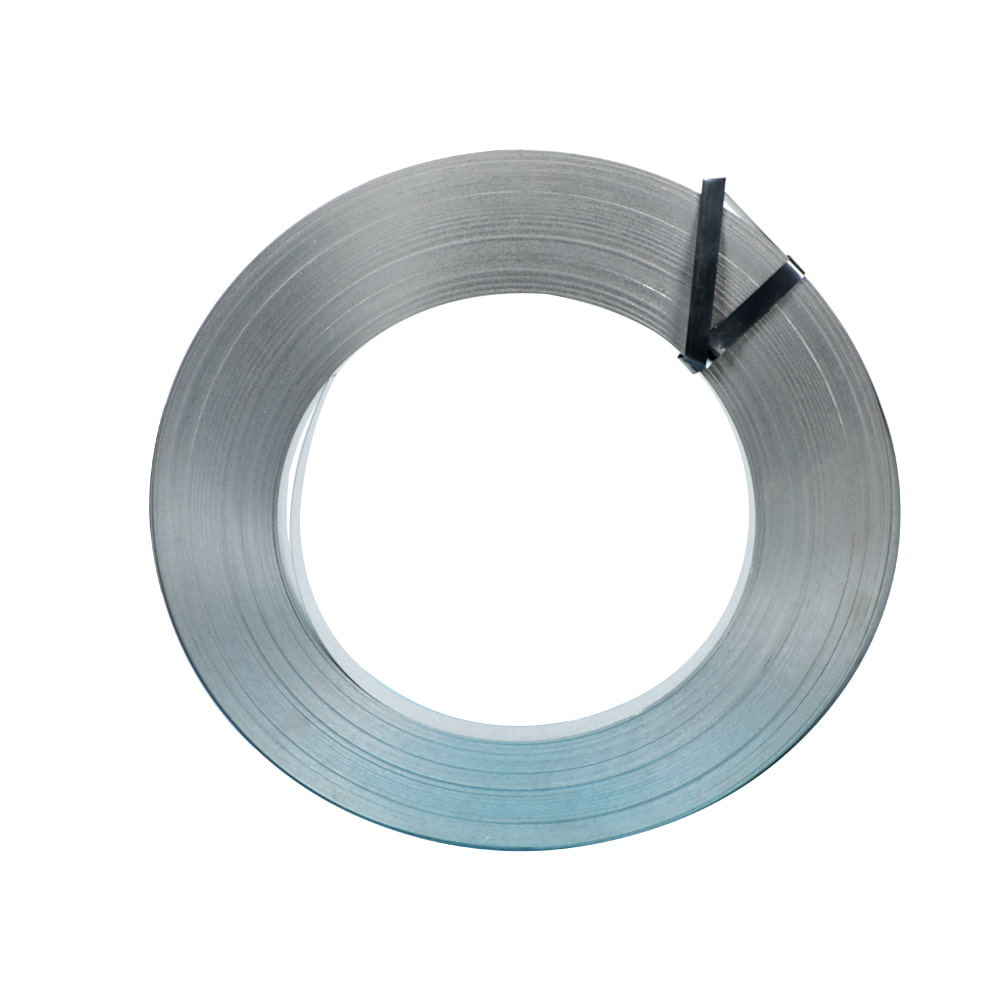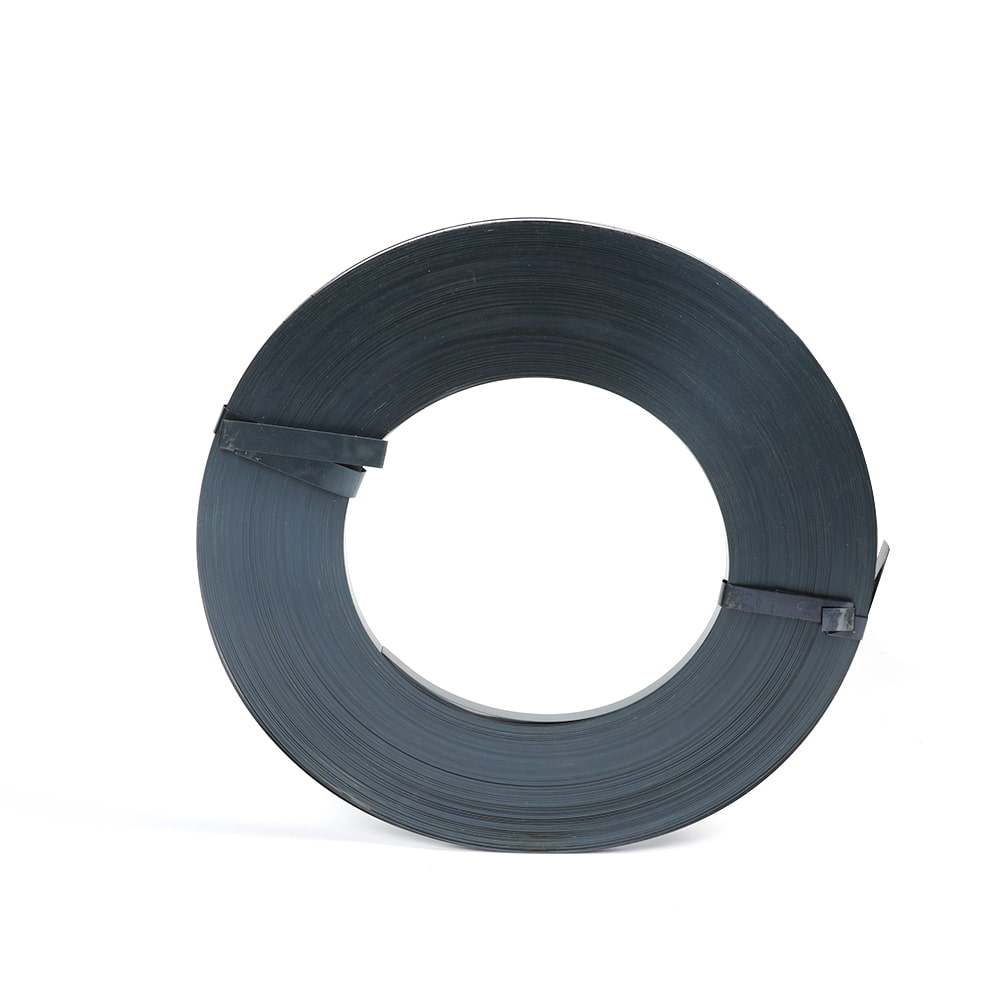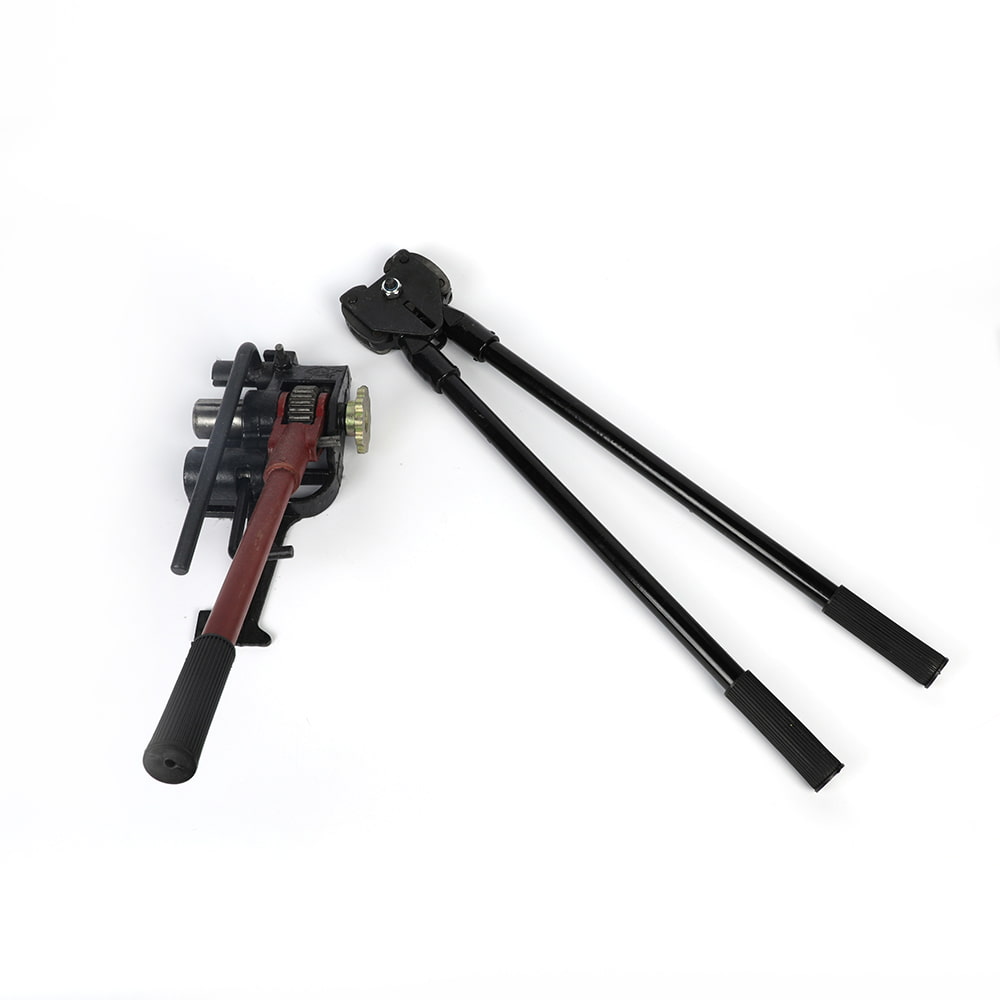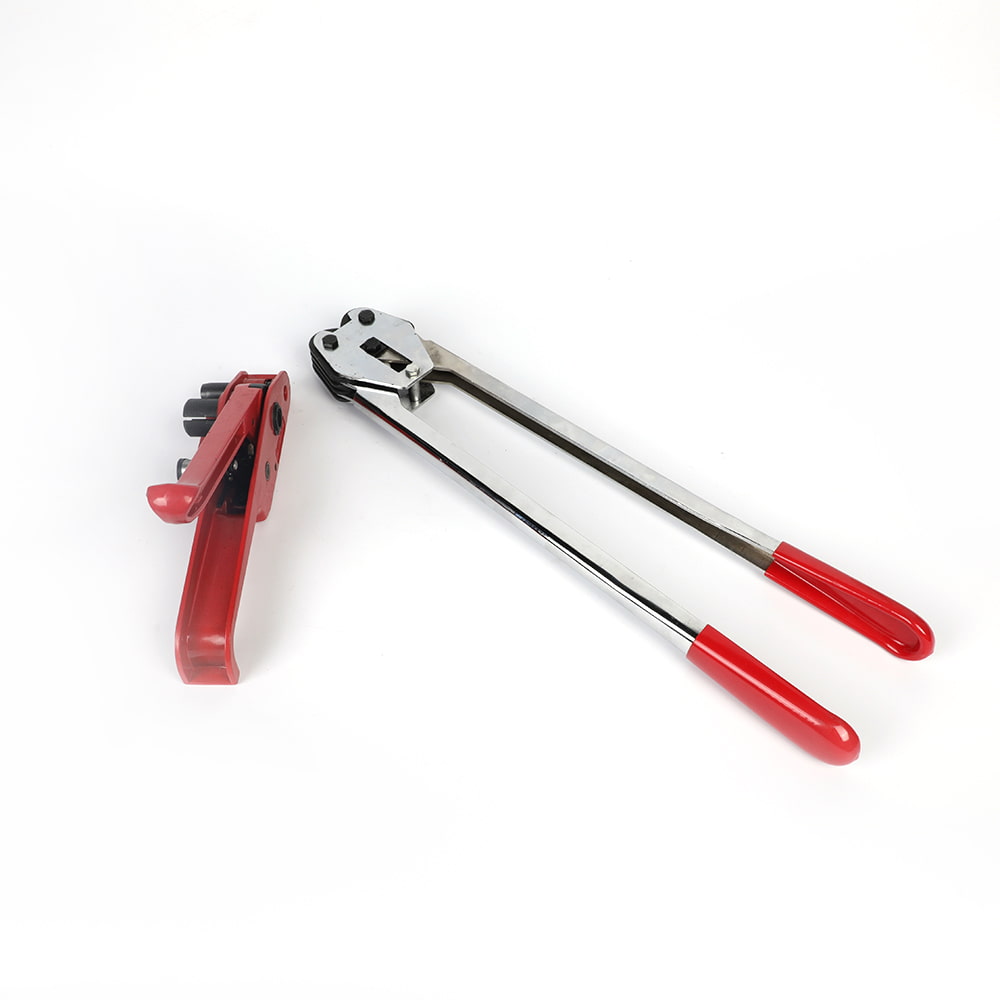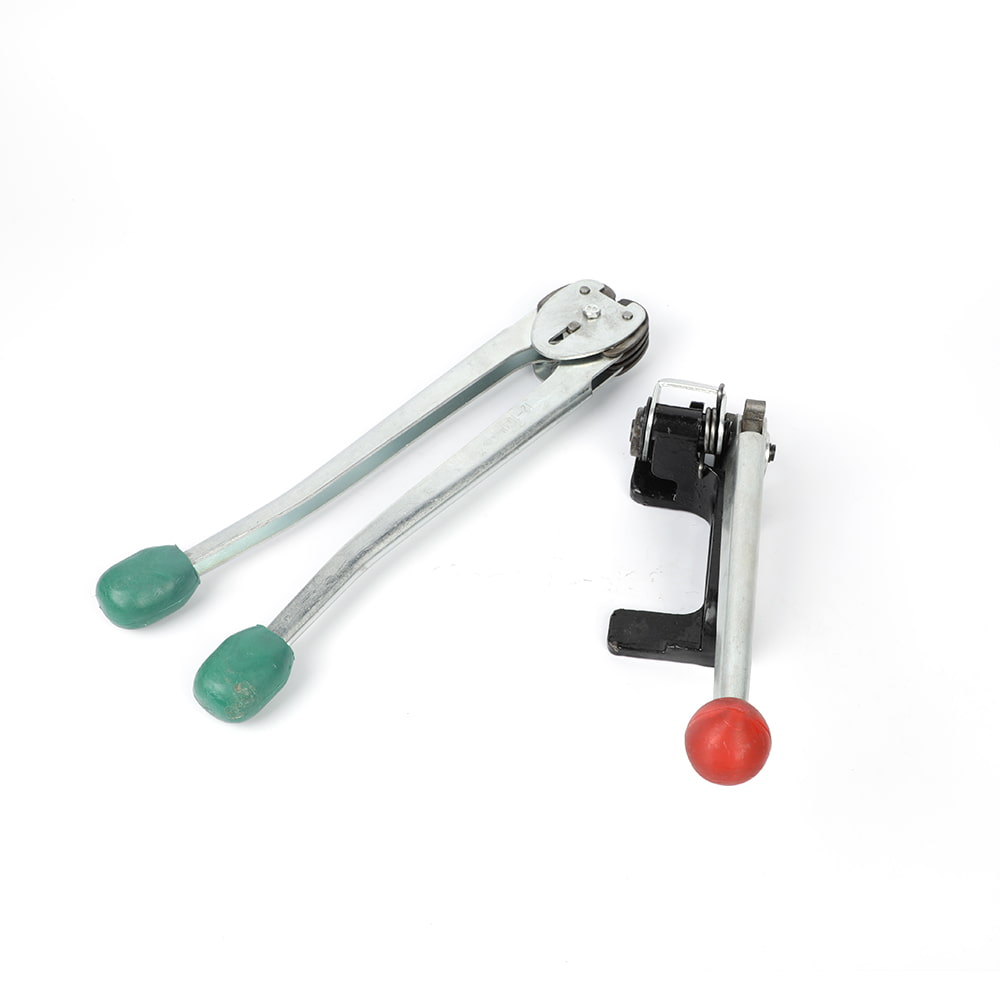Can a Steel Strapping Machine Be Automated?
The integration of automation into industrial packaging has revolutionized efficiency and precision. For businesses relying on steel strapping for securing heavy loads—such as construction materials, lumber, or metal coils—the question arises: Can steel strapping machines be fully automated?
Current Automation Capabilities
Modern steel strapping machines already leverage semi-automated systems where operators manually position straps before machines handle tensioning and sealing. Full automation takes this further by incorporating:
- Robotic Arms & Conveyors: For precise material handling and positioning.
- Sensors and Vision Systems: To detect load dimensions, optimize strap placement, and monitor tension.
- PLC (Programmable Logic Controller) Integration: Enabling programmable sequences for strap feeding, tightening, sealing, and cutting without manual intervention.
- IoT Connectivity: Remote monitoring and real-time adjustments via centralized control systems.
Key Drivers for Automation
- Productivity Gains: Automated systems operate continuously, strapping up to 60+ bundles/hour with consistent quality, reducing reliance on labor.
- Safety Enhancements: Minimizes worker exposure to heavy loads, sharp edges, and repetitive strain injuries.
- Resource Optimization: Precise tension control reduces strap waste by up to 15%, while energy-efficient designs lower operational costs.
- Scalability: Automated lines integrate seamlessly with upstream/downstream processes (e.g., palletizing or weighing systems).
Implementation Challenges
Despite clear advantages, automation requires strategic planning:
- Integration Complexity: Retrofitting older machines may demand custom engineering for sensor/PLC compatibility.
- Material Variability: Irregularly shaped loads (e.g., pipes or coils) necessitate advanced vision systems to avoid misalignment.
- Initial Investment: Automated setups carry higher upfront costs but offer ROI within 2–3 years through labor and waste reduction.
- Maintenance Expertise: Predictive maintenance protocols and skilled technicians are essential to minimize downtime.
Advancements in AI and machine learning will further refine automation. Adaptive systems that "learn" optimal tension settings for diverse loads are already in development, promising near-zero error rates.
Automating steel strapping is not just feasible—it’s increasingly becoming an industry standard for high-volume, high-risk environments. Businesses should evaluate their strapping volume, load variability, and long-term operational goals. While the transition demands technical diligence, the payoff in efficiency, safety, and cost control makes automation a compelling investment for forward-thinking operations.

 EN
EN 
 English
English 中文简体
中文简体



